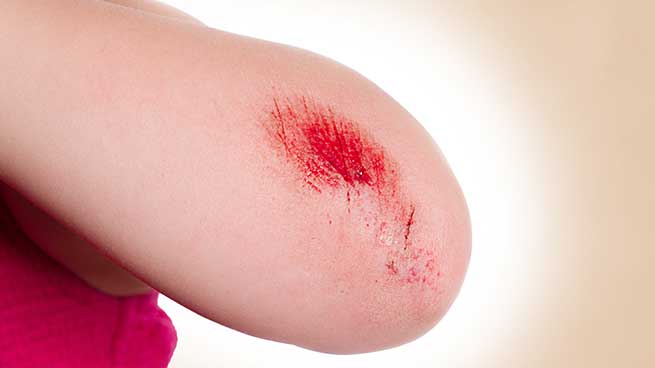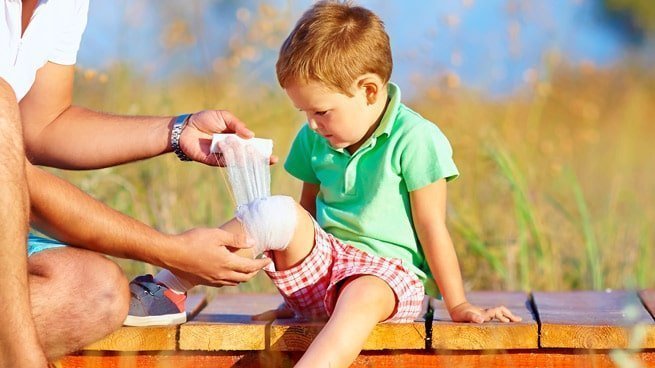Wound healing, overview
Wound healing, a complex process
Wound healing is a complex and dynamic process of restoring skin cellular structures and tissue layers that involves multiple components: differentiated cells , stem cells , hair follicles, extracellular matrix (ECM) proteins, cytokines networks, microRNAs , blood vessels, nerves and mechanical forces.
Wound healing process consists of 4 interrelated and overlapping phases:
- haemostasis,
- inflammation,
- granulation/proliferation
- and maturation/remodelling,
resulting in the replacement of missing skin with fibroblast-mediated scar tissue, not exactly identical to uninjured skin. The skin of the scar has abnormal collagen architecture, compared to the surrounding skin and generally shows no skin appendages. Its slightly lighter colour renders scar more noticeable, which can cause profound psychological implications.
Physiopathology and pharmacology of wound care
Furthermore, numerous physiological or pathological factors including age, infection, diabetes/vascular disease, neuropathy, malnutrition, cancer, and chemo- and radiotherapies, can negatively affect skin regeneration. In addition, wound healing process can sometimes discontinue or become deregulated and lead to either delayed skin repair resulting in chronic wounds , or excessive healing, such as hypertrophic and keloid scarring. Although numerous treatments like silicone gel sheeting, pressure therapy, corticosteroids, cryotherapy, 5-fluorouracil, laser therapy, and radiotherapy are available, none are optimal and efficient options are missing.
Facilitating skin healing, minimizing the aesthetic impact on the patient and restoring optimal tissue function remain therefore a central concern of clinical and cosmetic dermatology in wound management. As a good understanding of the cellular and molecular mechanisms participating in skin regeneration is fundamental to test and develop clinical, cosmetological and pharmacological solutions in normal and impaired wound healing, current knowledge on wound healing process, with highlight of some effectors involved in the repair of damaged tissue, is presented below.







